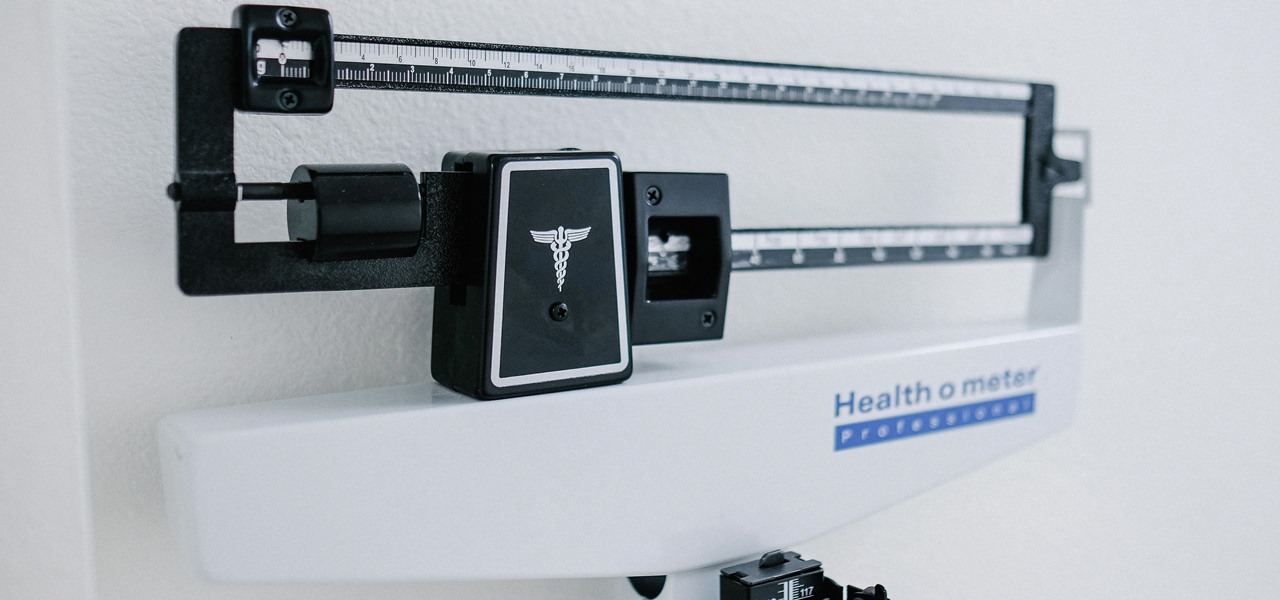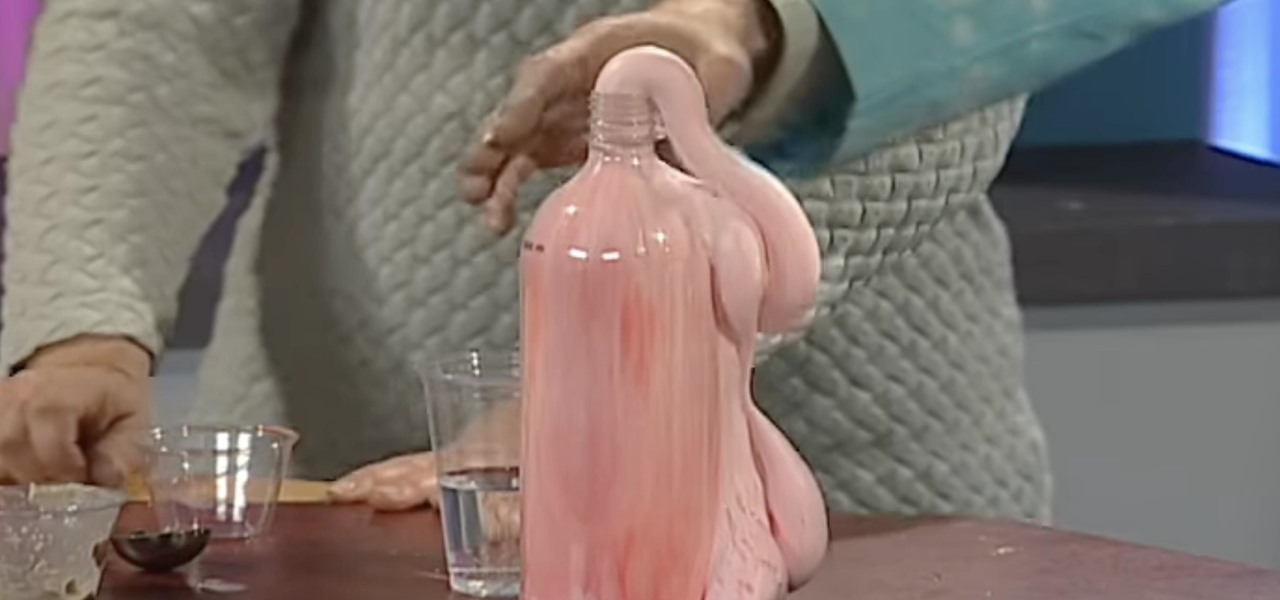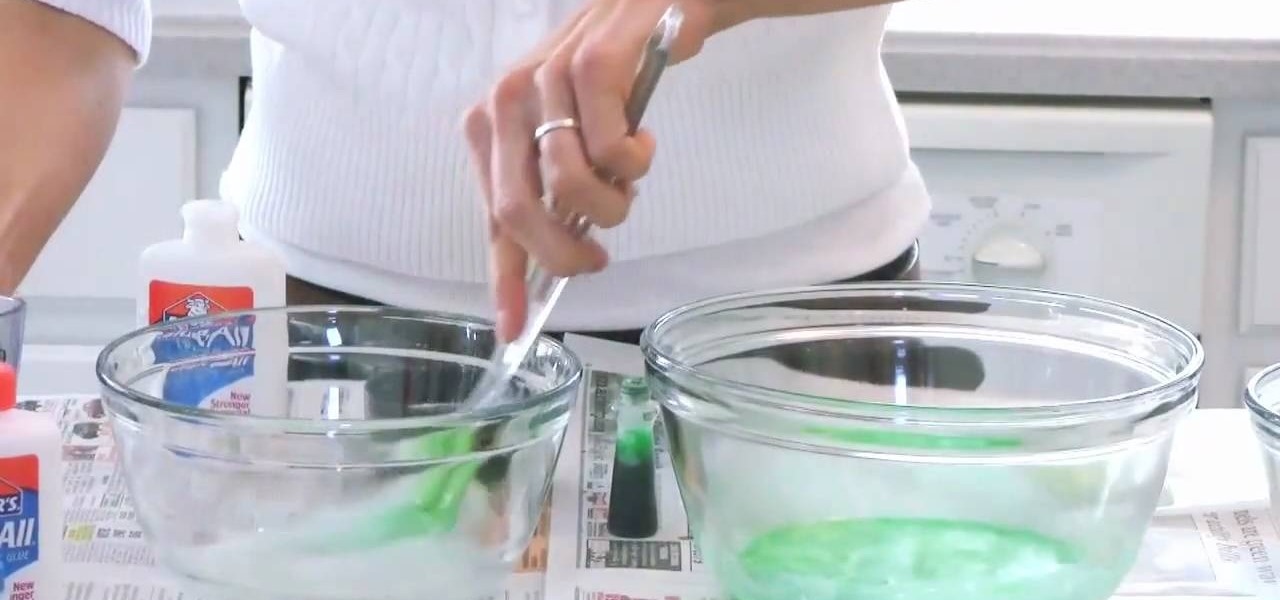Hot Science Experiments Posts


New CSI Spinoff: Iceman 3300 B.C.
Who dunnit? Forensic pathology is an art form we take for granted. Scientists are busy debating why a 5' 5", 5300-year-old man coined Otzi was murdered.

How To: Remember the parts of the cell
Are you much for science? Cytoplasm. Nucleus. Endoplasmic reticulum. Organelle. These words might sound alien, but breaking down the parts of a cell and their functions will help you remember. This is one of the best ways for cell identification, and it's perfect for science class studying.
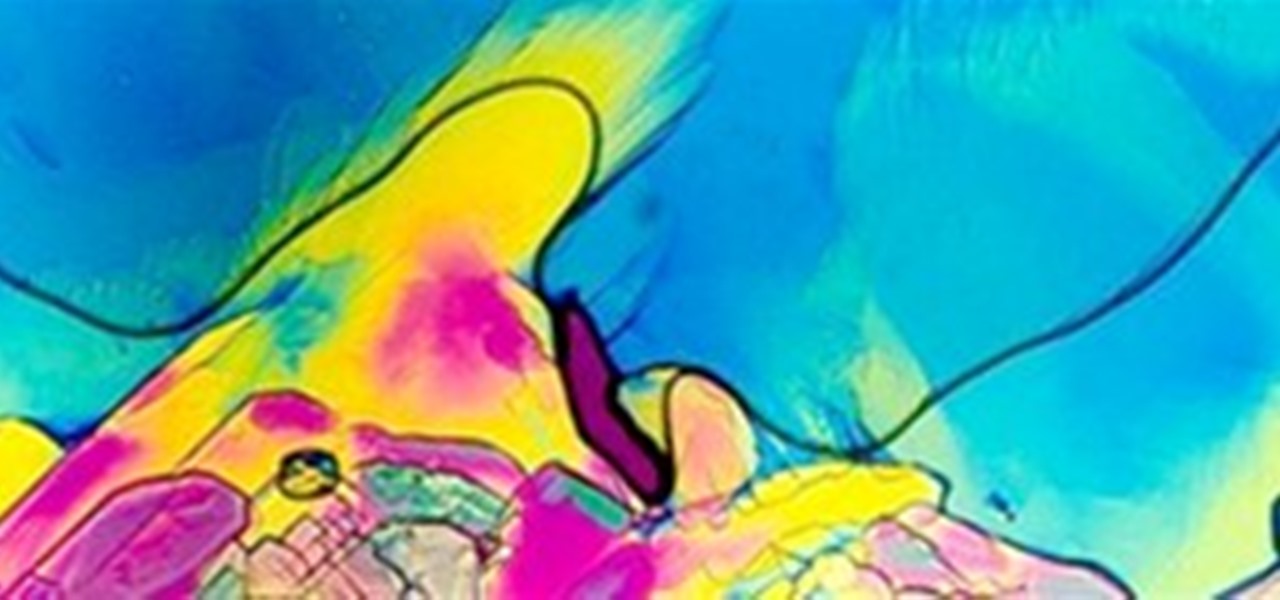
News: Booze Explosions Create Microscopic Rainbows
For some, vodka, tequila, and whiskey are key ingredients to a good time. But, take a sample, dry it out, magnify x1000, and you've got yourself an unexpected work of art. Prints below by BevShots.

News: Brooklyn Dude Does Gucci by Day, Nuclear Fusion by Night
Upon first glance, one may think Mark Suppes is just another thirty-something-year-old dude living in Bed-Stuy, Brooklyn. However, the Gucci web designer by day has a significant (to say the least) project-in-progress by night. The amateur scientist bicycles to a non-descript building in Brooklyn to chip away at his homemade nuclear fusion reactor. BBC reports:
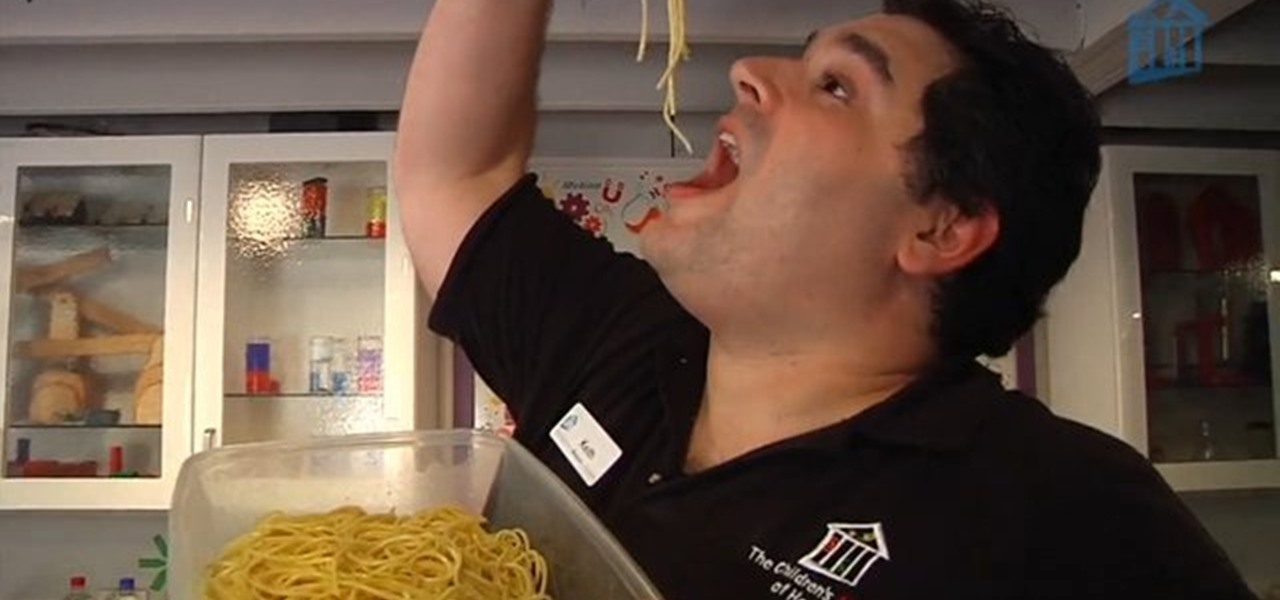
How To: Make (non-Newtonian) Oobleck from corn starch & water
Mr. O shows his audience in this video how to make oobleck, a slime-like substance which has a variety of unique properties. For this project, you will need a mixing bowl, food coloring, corn starch, a measuring cup, and water. First, color the water with food coloring to a color which is much darker than the color you would like. You will need the correct ratio of water to cornstarch, in a 1 to 2 ratio. Add some water to the bowl and add the cornstarch, then add the rest of the water. Finall...

How To: Make a snow cone with nitrogen gas
To make a snow cone with nitrous gas, as an experiment, you will need the following: liquid nitrogen, protective gear, a bell jar, and a dish to hold the liquid nitrous.
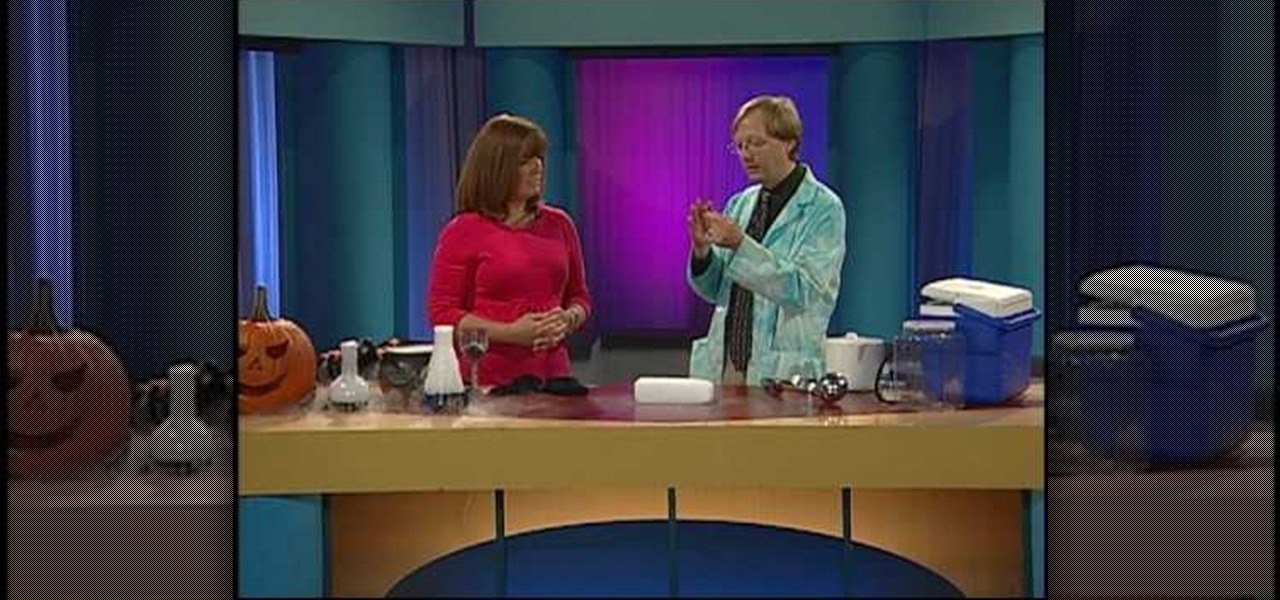
How To: Do a science experiment with dry ice
In this tutorial, Science Bob shows us how to do a science experiment with dry ice. First, take a block of dry ice and place a quarter on top of it. Make sure you are using rubber gloves when you do this, it's dangerous to touch gloves with your bare hands. When you press the quarter down, it will cause it to vibrate very quickly. You can put any type of metal on top of the dry ice and it will make different noises. This is only one of the many things you can do with dry ice. You can also use...

News: NurdRage Shatters Mysteriously Procured Human Heart
WonderHowTo science geek favorite, NurdRage, completely shatters a human heart using liquid nitrogen. Now, what I wanna know is... and I'm really asking... where the hell do you get a human heart?
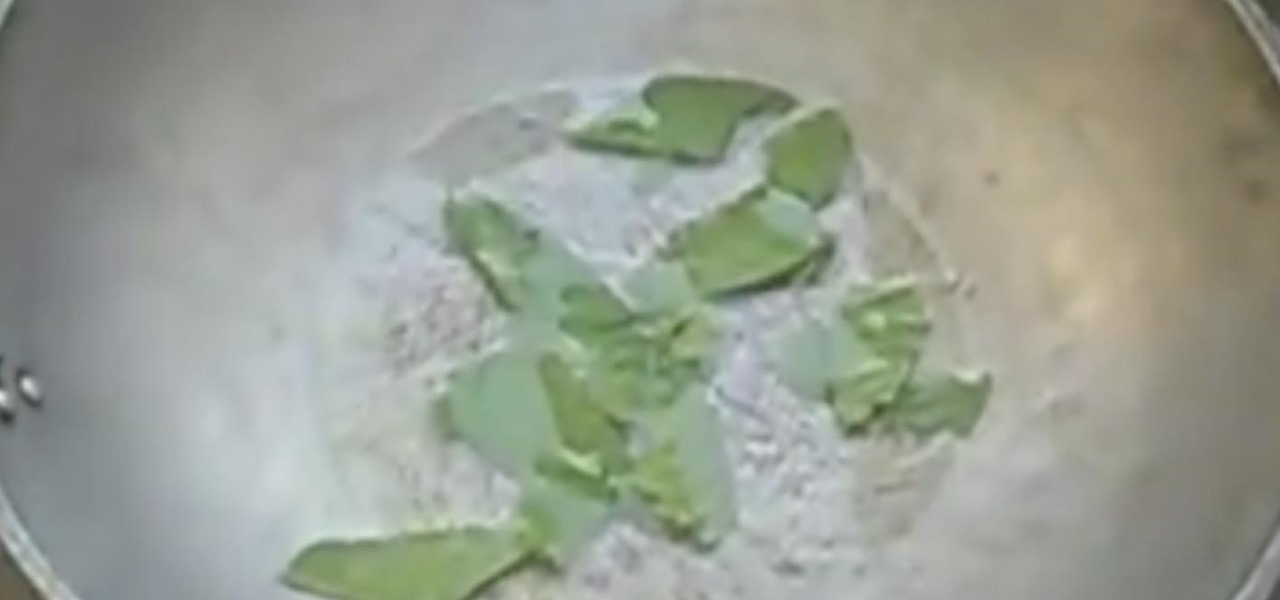
How To: Make Hard Soap with Guava Leaf Extract & Lavender
In our personal experience, the hardest part about a science investigatory project is simply coming up with a good idea. And we suggest that for your investigatory project you find a topic that's both novel and useful.
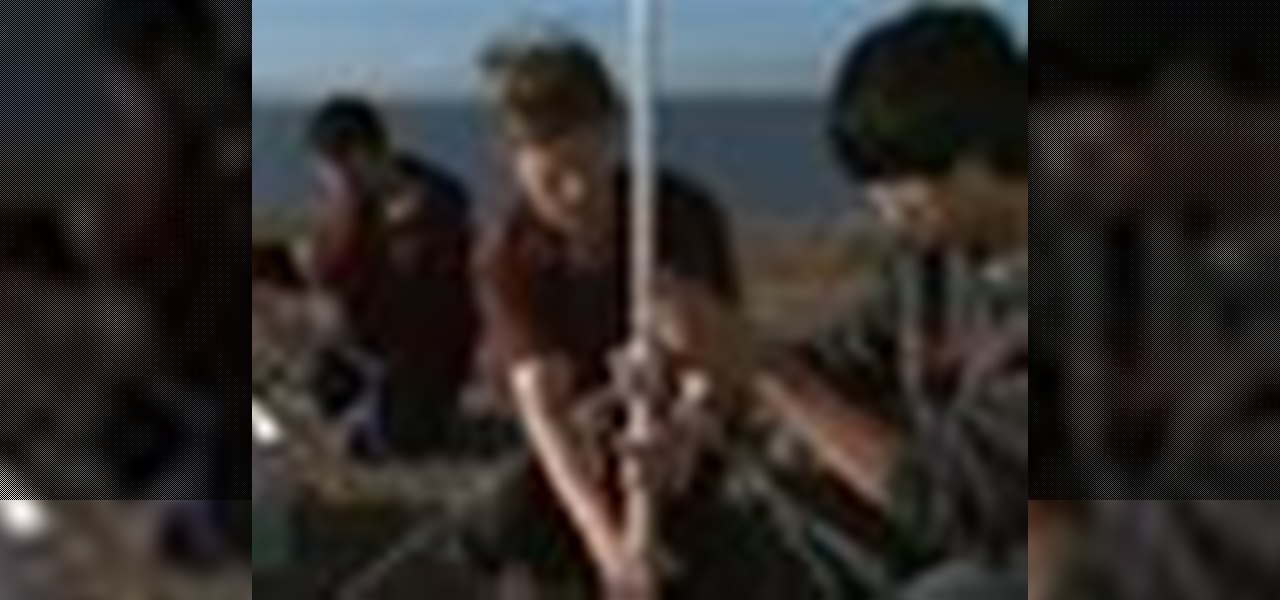
How To: Build a cool soda bottle water rocket
Real rockets require top ingenuity from physics and engineering experts, but you can construct a smaller replica that costs almost nothing can can be made from materials you already have at home or can find at a hardware store.

How To: Make an overhead water bottle rocket launcher
A (harmless) explosion a day keeps the police away. Indulge your rambunctious little boy in some scientific fun by helping him build an overhead water rocket launcher, which shoots recycled plastic bottles.

How To: Make homemade playdough
Playdough is one of the best types of toys that any kid can play with. Not only is it flexible, but it's also non-toxic. In this video tutorial, you'll find out the recipe for making your own homemade Playdough from scratch. It's easy to do and will save you money. Good luck!
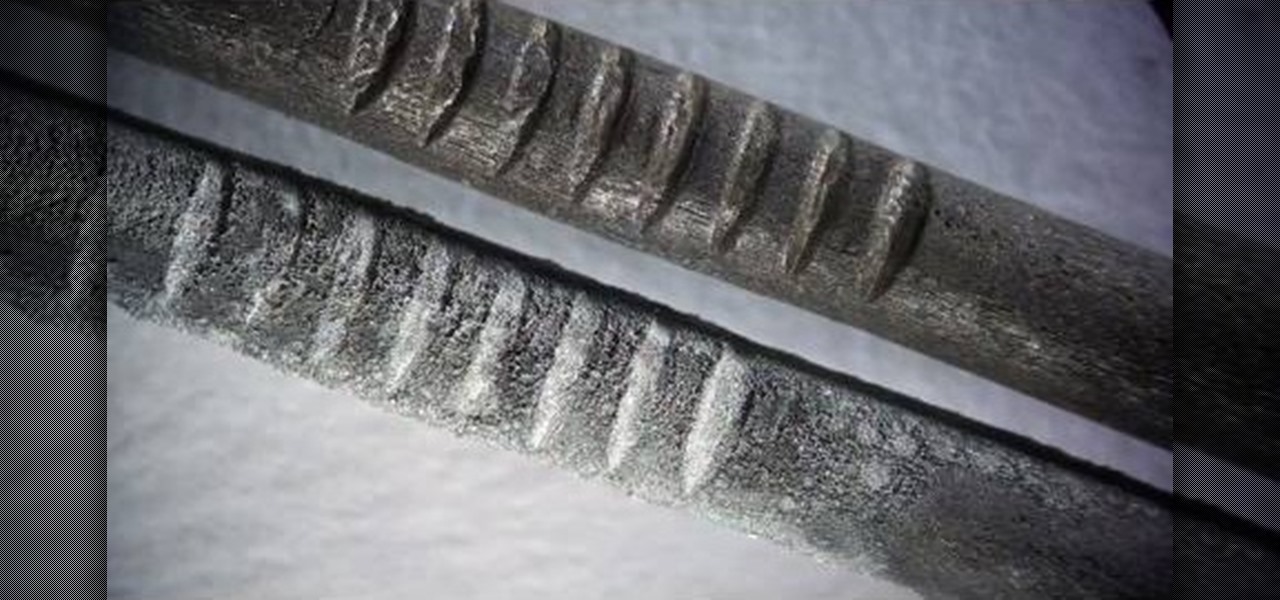
How To: Galvanize metal objects for rust protection with zinc
Rust protection doesn't have to cost a fortune. With a little zinc and some electricity, you can protect your precious metals from rust by galvanization. When you galvanize something, you're giving it a protective coating, and in this case, it's a zinc coating.

News: DARPA Spy Camera Capable of Scanning Eyeballs in a Crowd
DARPA and Dallas's Southern Methodist University are collaborating on a super high tech camera, capable of scanning eyeballs in a moving crowd.
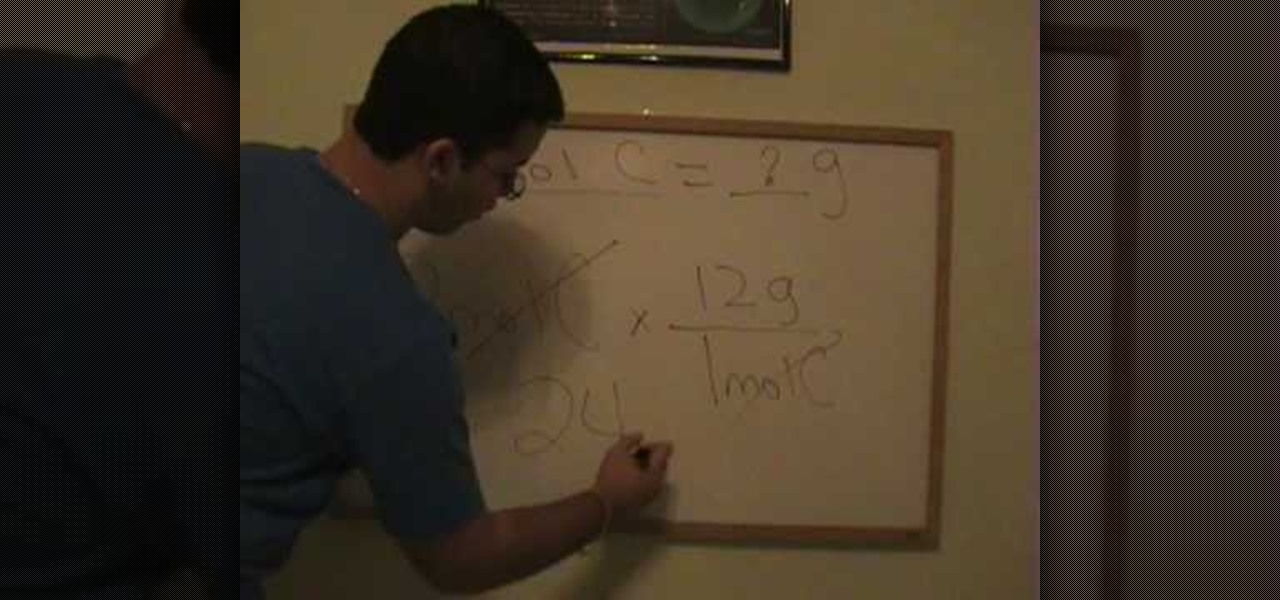
How To: Convert between moles, grams and particles
Need to know how to convert between moles, grams and particles for chemistry class? It's simple once you know how to go about it and this free video chemistry lesson presents a careful overview of the entire process. For more information, and to get started converting between moles, grams and particles yourself, watch this helpful study guide.

How To: Convert from moles to grams in chemistry
Need to know how to convert between moles and grams for chemistry class? It's easy! So easy, in fact, that this free video chemistry lesson can present a complete overview of the process in just over a minute's time. For more information, and to get started converting between moles and grams yourself, watch this helpful study guide.
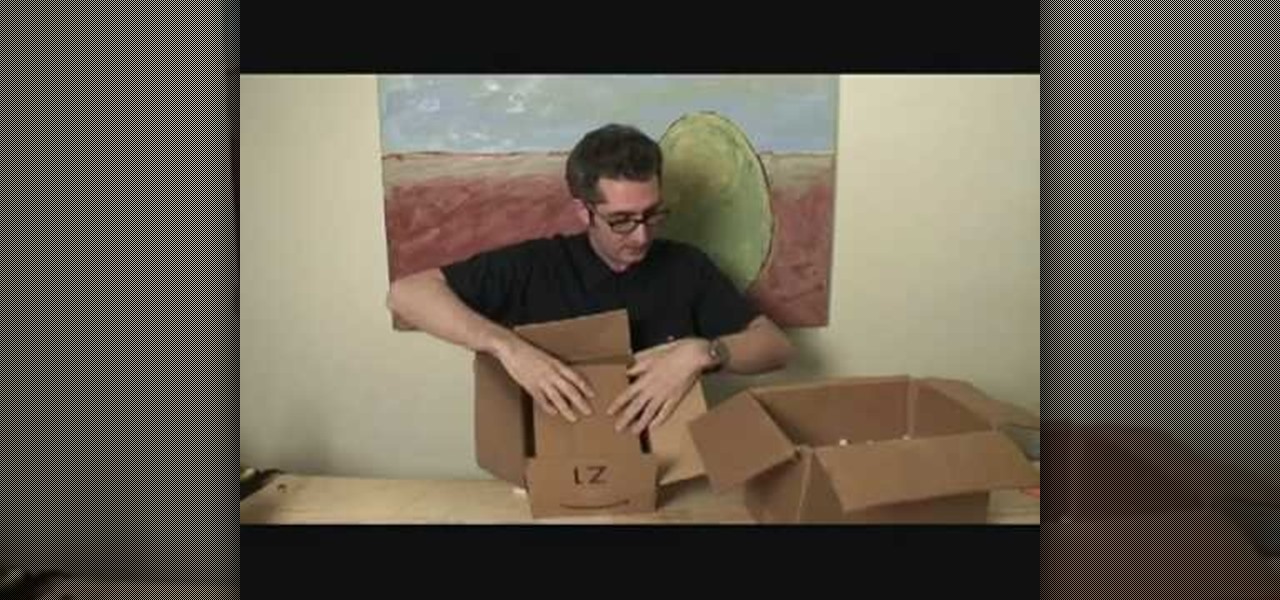
How To: Make an egg drop and learn the physics behind it
The egg drop has become a sort of rite of passage for gangly fourth graders as they embark on their first journey into physics and math before they approach these subjects again later on in middle school and high school.
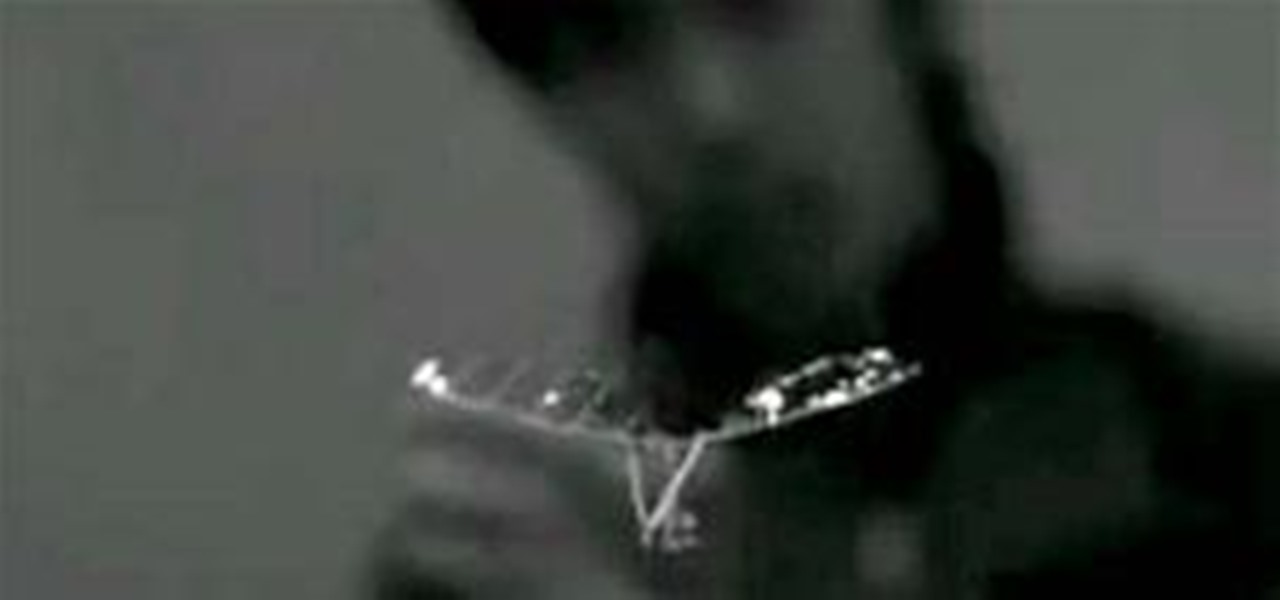
News: Artificial Butterfly Could Unveil the Mysteries of Flight
Researchers Hiroto Tanaka and Isao Shimoyama (of Harvard University and University of Tokyo) have constructed a tiny replica of the swallowtail butterfly. The crudely made model uses just balsa wood, rubber bands, and a steel wire crank. The goal is to better understand the biomechanics of butterfly flight. Via Wired,

How To: Turn pennies into silver and gold coins with zinc
One of the most famous and repeated chemistry experiments involves money. Some would say this is more of a trick than an experiment, but you can be the judge of that. No one can just turn pennies into silver or gold coins, but someone with a few chemicals can. So, if you want to cooler cents in your pocket, try out this chemistry trick yourself. Nurd Rage (Dr. Lithium) shows you how to turn pennies into silver and gold coins using zinc.

How To: Balance equations using C, H and O2
Attention aspiring scientists and chemists! Learning to balance equations and finding it to be a bit rough? This video is here to help. Learn the basics of chemistry with help from this video on how to balance equations with C (Carbon), H (Hydrogen), and O2 (Oxygen).
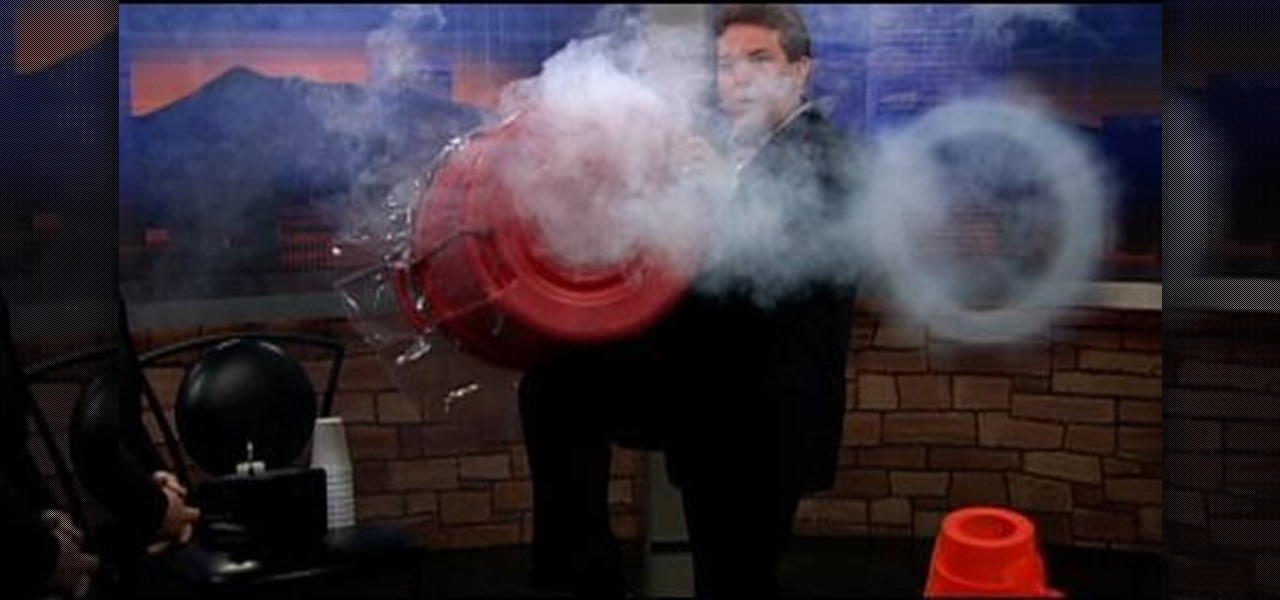
How To: Make giant smoke rings
Get your kid's creative juices flowing during the Halloween holiday by trying out this great science experiment with Steve Spangler. Get the inside secrets on how to create smoke rings that are sure to cast an eerie feeling over your home. Get your science on this Halloween by following these simple instructions on how to make smoke rings with your kids!
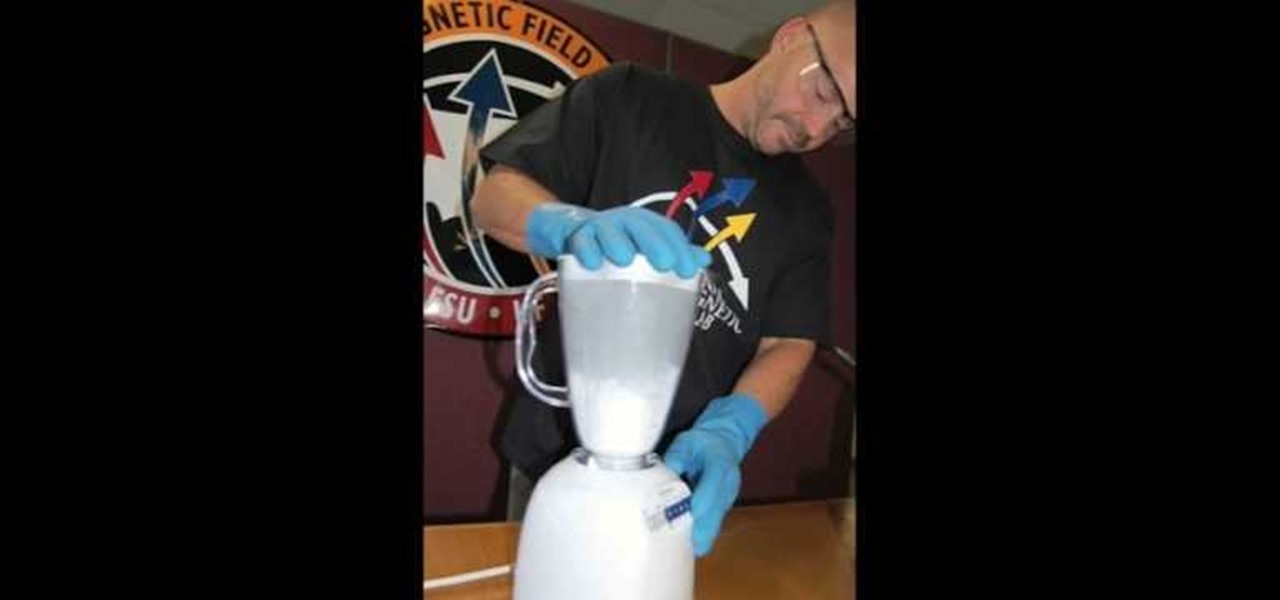
How To: Make a model of a space comet
Are you an active or aspiring scientist? In this free educational video from National High Magnetic Field Laboratory, learn how to make a model of a comet, and why models are important to scientists. Get started on a scientific road to discovery with help from this excellent video on how to make a model of a space comet.

HowTo: See Invisible Magnetic Fields
"Magnetic fields are everywhere- you just can't see them." The science-inspired-art project, Magnetic Movie, by Semiconductor, demonstrates the imaginary "secret lives of invisible magnetic fields". Don't miss it - it's an amazing project. The magnetic fields are beautifully depicted. However, they are indeed imaginary.

How To: Properly read a micrometer
A micrometer is a common tool that most mechanical engineers are required to understand. They can be a difficult one to understand. But with the right instructions, can be simple to understand. Well this tutorial provides just that! Find out the proper way to read a micrometer in no time at all. Enjoy! Properly read a micrometer.
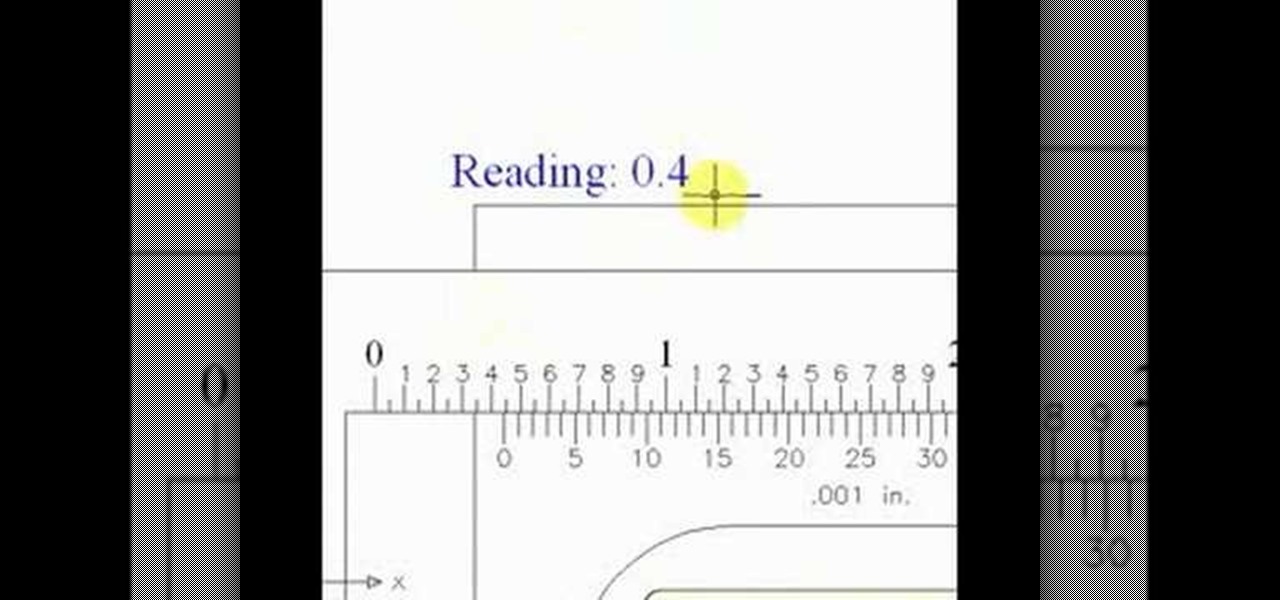
How To: Read a vernier caliper
A vernier caliper is a great tool to use if you're interested in measuring things externally, internally, and in some cases the depth. It gives you a precise measurement and includes both metric and inch measurements on the upper and lower part of the scale. It's an easy tool to use and can be helpful in certain situations. So sit back and enjoy this tutorial on how to read a vernier caliper. Enjoy!

How To: Read a dial caliper
This device is a refined version of the vernier caliper. What seperates this from the other is that is has a circular dial that is measured thanks to a small gear rack. The device can still be used to measure things externally and internally as well as sometimes depth. The side of the caliper can be locked in order to keep it in place and is quick to use. So find out how to read this dial caliper following some easy steps. Enjoy! Read a dial caliper.

How To: Measure with a micrometer
If you aren't employed as a mechanical engineer, chances are you may have no idea what this is. This device is called a micrometer. It's used to make certain measurements and is often looked at as a form of a caliper. This tutorial will show you how to measure properly with a micrometer. You never know when you'll need one, but at least you'll know how to use one. Enjoy!

How To: Use vernier caliper
For those who may not know what the device in this tutorial is, it's a vernier caliper. It's basically a scale that measure certain thins, but this one is more precise than others. They can measure internal, external and sometimes depth. This devise is used to obtain a precision measurement. It can be a bit confusing to use, but can be helpful in certain situations. So sit back, pay attention, and enjoy!

HowTo: Use Science to Decode a Credit Card's Secret Data
Tetherd Cow Ahead posts an interesting science experiment. All you really need is a little bit of iron powder and a magnet, and you can unveil the info behind the magstripe on a credit card.

How To: Make an electro-magnet with only three things
An electromagnet is a fun, cool science experiment that you can easily make at home. In this tutorial, learn how to make a powerful electromagnet with only three pieces! And the best part is, you probably already have these items in your house or garage! So, why not gather some supplies and try making an electromagnet? You will definitely impress your class and friends.

How To: Make an electromagnet at home
An electromagnet is a fun experiment. These cool tools are easy to make and can be done with things you find around your home. So, the next time you are looking for a fast and cheap science project that will impress your classmates, flip on this tutorial and give this one a try!
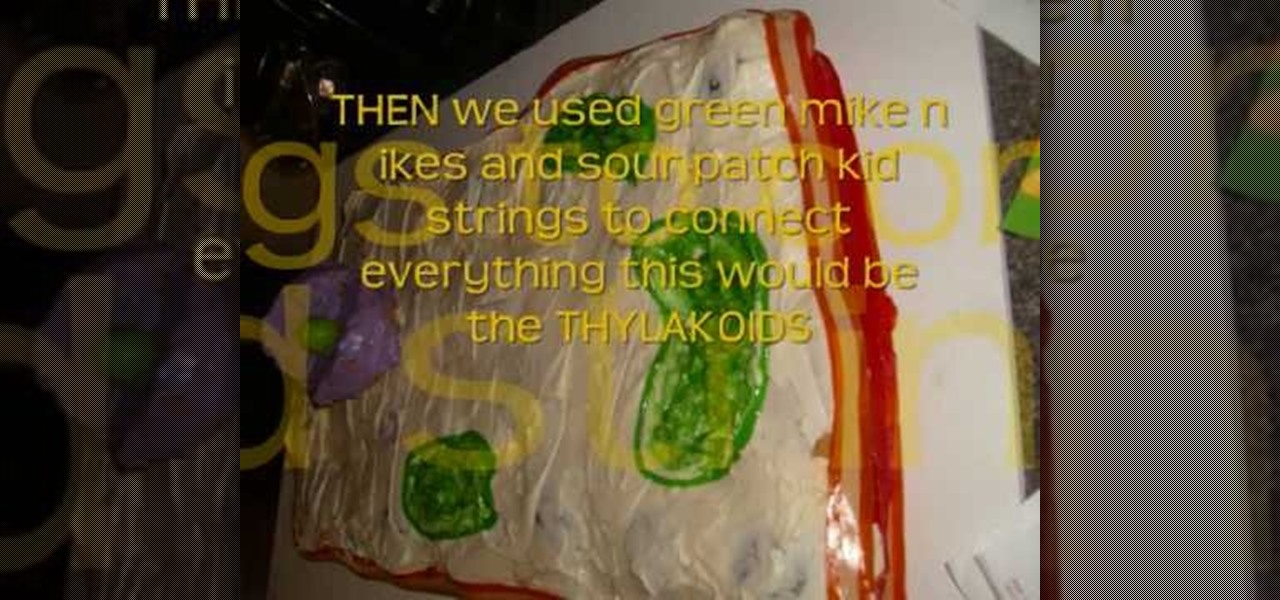
How To: Make an edible plant cell model for biology class
Science fairs are some of the most creative moments during the elementary school period. Not only are you able to research a topic of interest, but you also have try to find various ways in which to showyour scientific results. In this case, you'll find out how to make an edible plant cell model for an easy science fair project of for biology class. It's easy to do and will surely attract the attention of your teacher and others. Enjoy!

How To: Do a jumping flame science experiment
This nifty little science experiment is sure to be one that will not only educate, but entertain as well. This tutorial shows you how to do a jumping flame experiment using nothing more than a candle, a flame, and some smoke to help the flame travel. It's perfect for those young and old and is easy to perform. Enjoy!
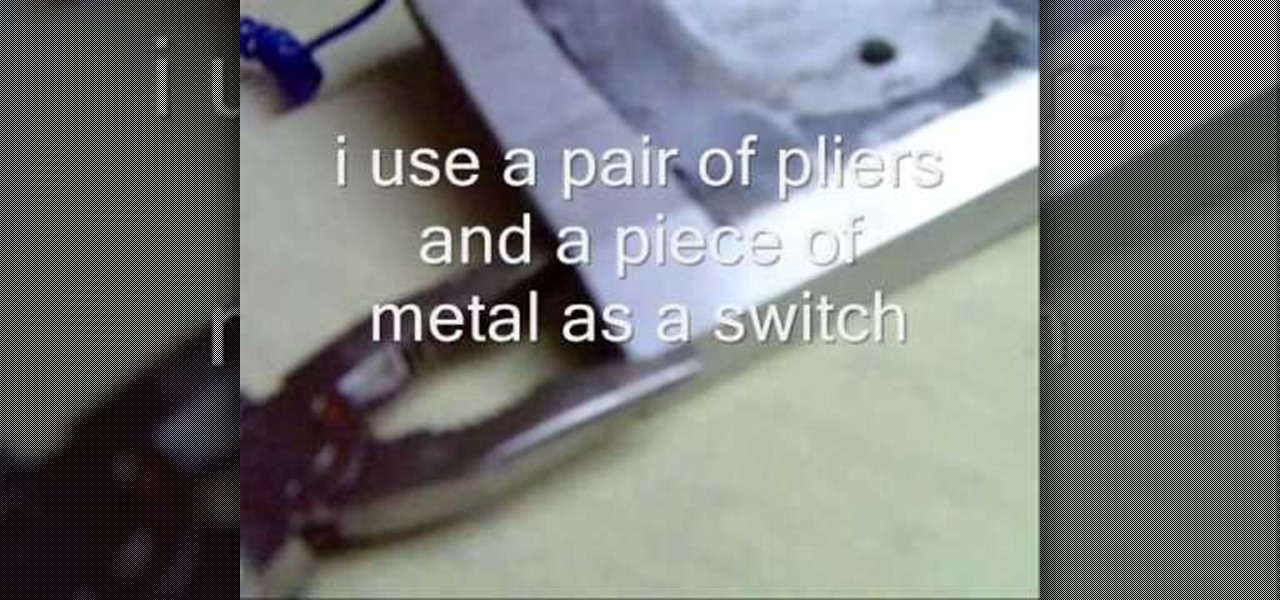
How To: Make a tightrope walking magnet
In this how to video, you will learn how to make a tight rope walking magnet. You will need a power supply with currents between 15 to 25 amps. A thick wire from a half to one centimeter is also needed for the tight rope. A small neodymium magnet will also be required. String the wire from one end to another. Place the magnet at one end. Use a pair of pliers and a piece of metal as a switch to run the current through the wire. Once that is done, the magnet should go down the wire. A magnetic ...
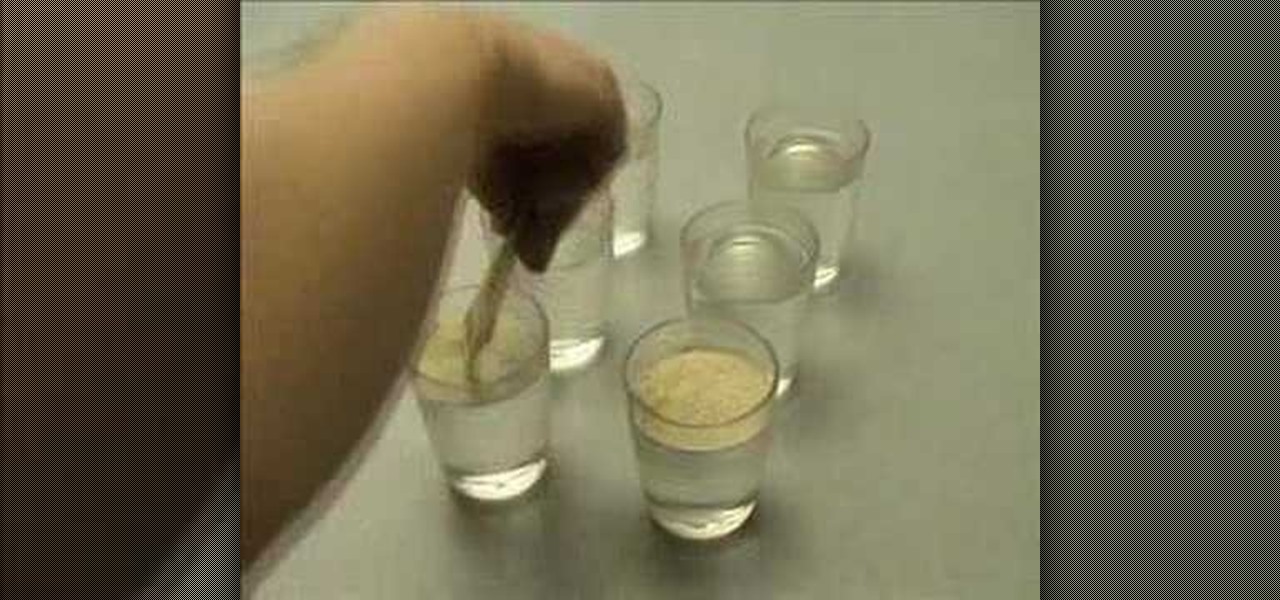
How To: Do a yeast experiment to see how much C02 it produces
In this Education video tutorial you will learn how to do a yeast experiment to see how much C02 it produces with different types of food. Yeast is a fungus and it has to eat. After it eats, it produces CO2 gas. The bubbles in bread are produced by the CO2 gas from the yeast. Take five different types of food items and measure out the same quantity for each item. In the video it is 8gms of cookie, oil, flour, salt and sugar. Take six glasses of water and mix one packet of yeast in each glass....
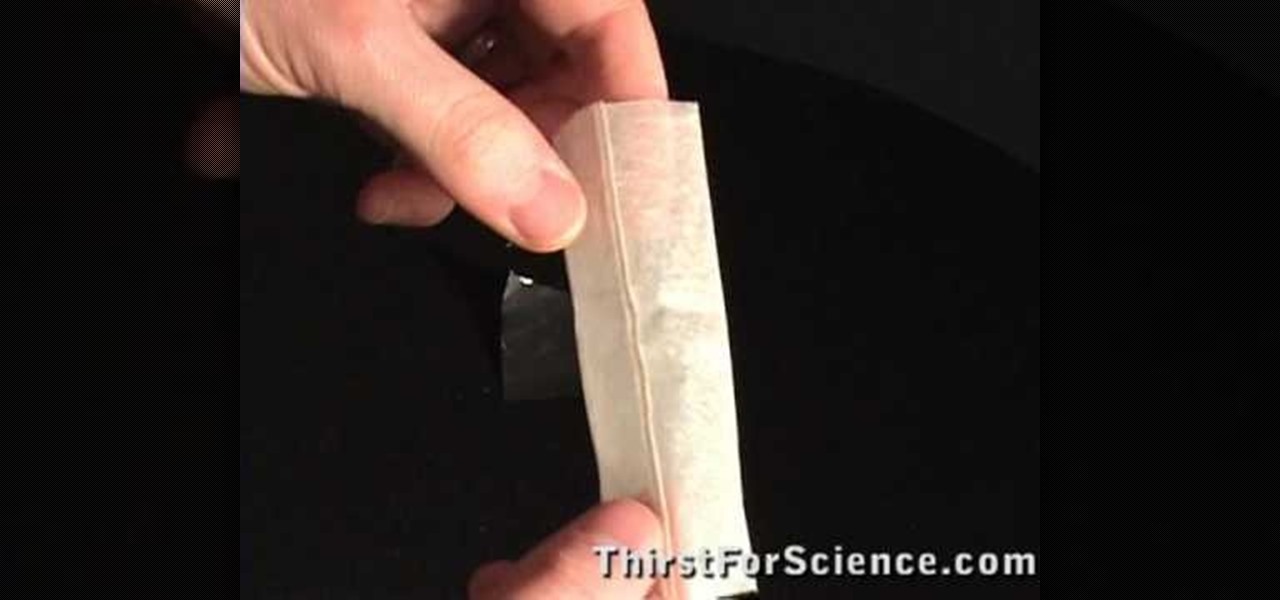
How To: Make a tea bag fly experiment at home
In this video tutorial, viewers learn how to make a tea bag fly with a home experiment. Viewers learn how to make a tea bag fly using convection. The materials required for this experiment are: tea bags, matches, tin foil and scissors. Begin by cutting the top of the tea bag and open it. Empty out the tea. The tea bag should be a cylinder shape. Place the tea bag on top of a piece of tinfoil and use your matches to light the top of the tea bag. This video will benefit those viewers who enjoy ...

How To: Make a simple compass using household materials
Have you lost your way? Don't sweat it. Find your way back with a homemade compass. In this video, learn step-by-step how to make a simple compass at home for cheap using household materials.
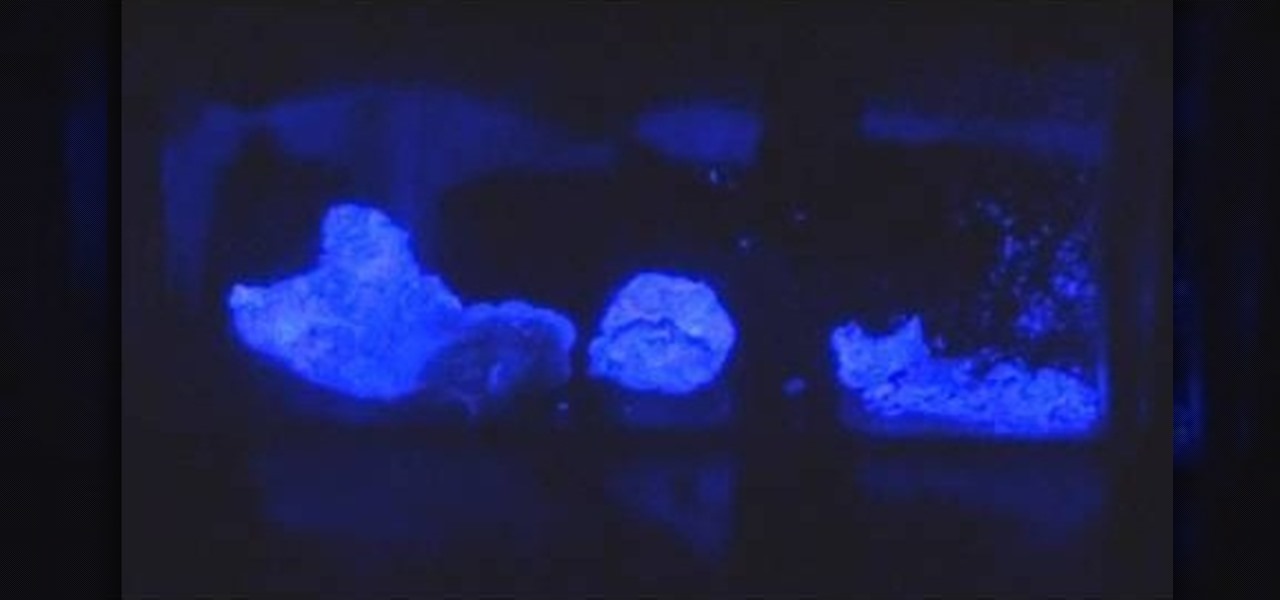
How To: Make blue phosphorescent glow-in-the-dark powder
Making a blue glowing substance is easy, as long as you already know the secret to making green luminescent phosphorescent glow powder. By watching the green glow-in-the-dark procedure, you know that you will need strontium nitrate, aluminum nitrate, europium and dysprosium nitrates, and nitric acid. That will make a green glow, but if you want to make a blue version, it's a relatively easy fix...
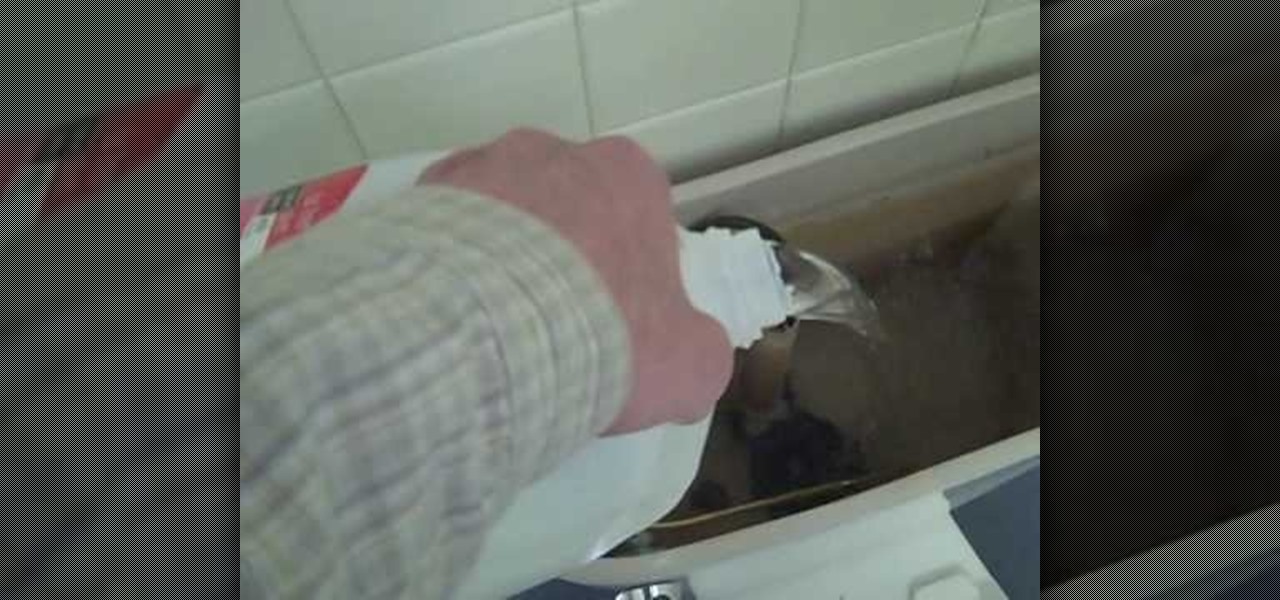
How To: Measure toilet flush volume
This is a how-to video about measuring the toilet flush volume. This is a handy method to find out how much water is used for flushing your toilet. Here is the step by step technique to measure the water capacity of your toilet.

How To: Build a rain gauge
In this how to video, you will learn how to build your very own rain gauge. You will need tape, scissors, rain gauge ruler, and a jar. First, go to the website shown and print and cut out the ruler on the screen. Next, cut the tape strips. You will need them to be about 5 inches in length. Next, attach the rain gauge ruler to the jar. You will do this by placing the ruler on the tape and place the ruler on the jar. Make sure the ruler is aligned with the bottom edge of the jar. Take the secon...



